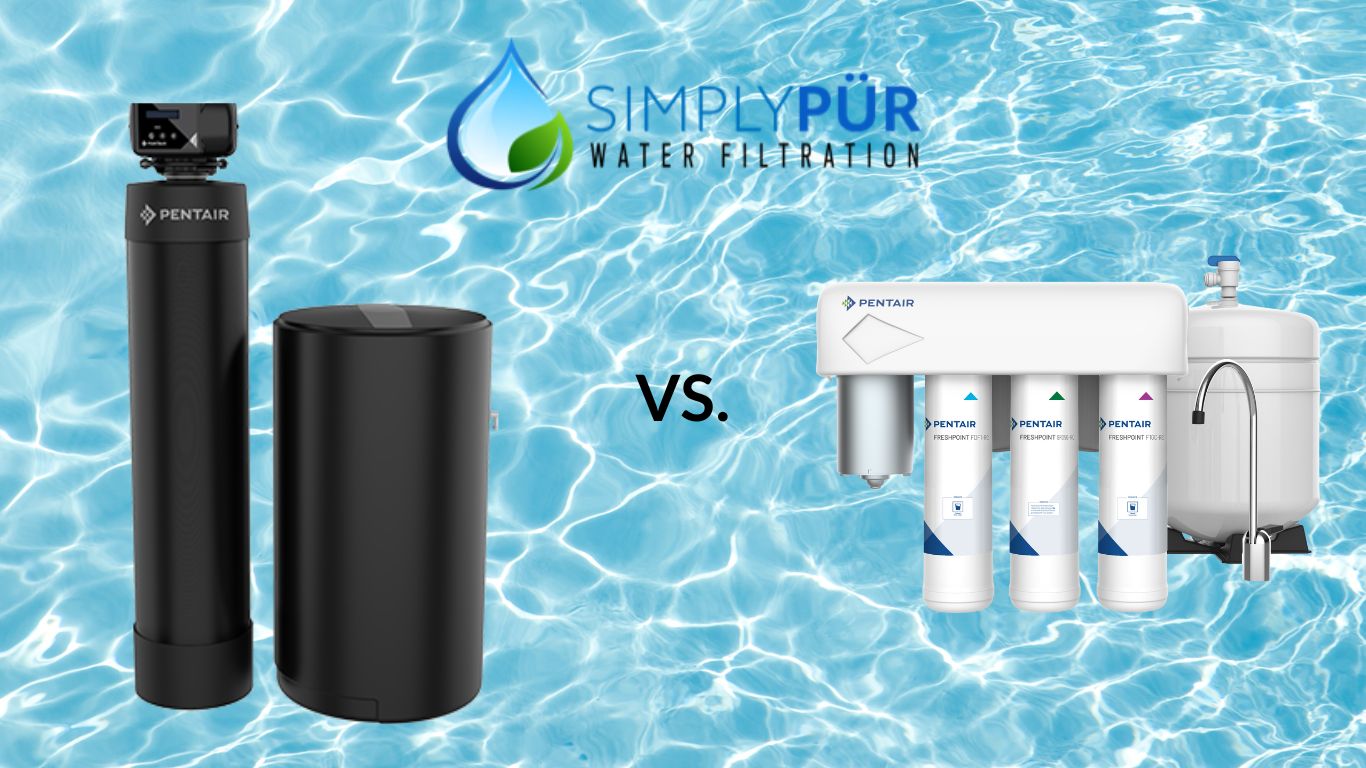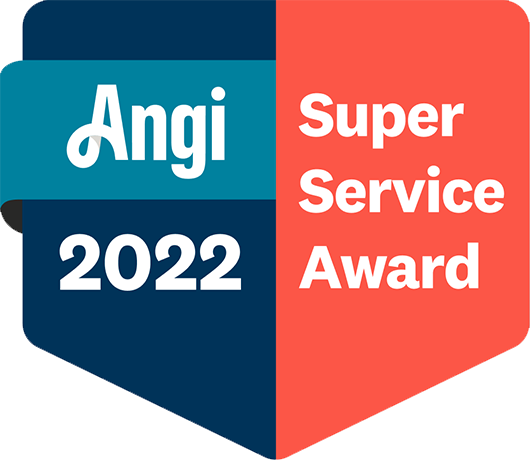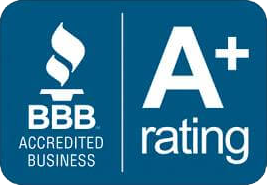When it comes to enhancing the quality of your household water, you might find yourself pondering the differences between water softening systems and reverse osmosis. In this blog, we’ll delve into these different water treatment methods, helping you decide what’s right for your home.
What Does a Water Softening System Do?
A water softening system is designed to remove minerals, primarily calcium and magnesium ions, from the water. It works through a process called ion exchange, where these hardness-causing minerals are replaced with sodium or potassium ions. This process results in “softened” water that is free from the negative effects of hard water. The main purpose of a water softening system is to:
- Remove hardness.
- Extend the lifespan of appliances such as water heaters, dishwashers, and washing machines.
- Improve cleaning results in laundry, dishwashing, and personal grooming.
- Preserve plumbing.
- Enhance skin and hair.
- Reduce soap consumption.
Water softening systems are typically installed at the point where water enters your home, which is known as the “main water supply entry point.” This strategic location ensures that all the water entering your household is treated to remove hardness-causing minerals like calcium and magnesium. This way, all the water flowing into your plumbing system is treated, ensuring that your entire household benefits from softened water.
Top-tier systems, like the Pentair Pro Elite, are accessible through Simply PURE Water Filtration, Inc. as a trusted Pentair True Blue Partner and Authorized Distributor of Pentair Products. These systems are designed to provide comprehensive water treatment solutions for your home.
Long Island’s Hard Water Problem
Hard water is a very big problem in Long Island. Long Island grapples with moderately hard-to-hard water, with an average hardness ranging from 7 to 12 grains per gallon (GPG). This elevated level of hardness is a result of the abundant mineral content, primarily calcium and magnesium, found in the local groundwater and aquifers. As a result, water softening systems have become essential, offering a multitude of advantages. These include significant energy and cost savings, enhanced cleaning efficiency, improved skin and hair health, and a noticeable enhancement in water taste and quality.
What Does a Reverse Osmosis System Do?
A Reverse Osmosis (RO) system is a vital component in ensuring the purity and quality of drinking water. It works by forcing water through a semi-permeable membrane, effectively removing impurities, contaminants, and even some minerals, leaving you with exceptionally clean and safe drinking water.
RO is a multi-stage process that purifies water, making it clean, safe, and delicious. Most RO systems consist of three or four filtration stages, including a specialized RO filter, and follow these essential steps:
- Initial Filtration: RO systems consist of several filtration stages:
- Sediment filters trap larger particles.
- Smaller sediment filters catch finer impurities.
- Activated carbon filters eliminate organic chemicals and chlorine.
- The RO Filter: The star of the show is the RO-specific filter with a semi-permeable membrane. It lets only water molecules pass, leaving contaminants behind.
- Optional UV Sterilization: Some RO systems add an ultraviolet lamp for sterilization, ensuring no harmful microbes remain.
- Final Touch: A second carbon filter captures any remaining chemicals, ensuring the ultimate purity.
Why Combine Water Softening and Reverse Osmosis?
So, is a water softener sufficient for your water treatment needs? While water softening systems are effective in reducing the hardness of water by removing minerals like calcium and magnesium, they may not address other potential contaminants such as bacteria, heavy metals, or certain chemicals that have been present in Long Island water for decades now. This is where RO systems come into play.
By combining a water softening system with an RO system, you can enjoy the best of both worlds. The water softener tackles hardness, preventing scale buildup in pipes and appliances, while the RO system provides an additional layer of purification, ensuring that your water is not only soft but also free from a wide range of potential pollutants. The result is not only better-tasting water but also improved overall water quality, making it a popular choice for those seeking the highest standard of drinking water in their homes.
Why Reverse Osmosis and Softening Work Well Together?
Considering the synergy between these two systems, it’s common for households to integrate a point-of-use reverse osmosis system alongside a whole-home water conditioner. This strategic combination yields a variety of benefits, such as:
- Complete Purification: Water Softeners handle hardness, while RO systems remove a wide range of contaminants, ensuring both purity and softness.
- Improved Taste and Clarity: The combination provides not only better-tasting but also crystal-clear water, enhancing your overall water experience.
- Health and Appliance Benefits: Softened and purified water is not only safe to drink but also protects appliances and enhances their performance.
- Reduced Bottled Water Expenses: With RO and softening, your tap water becomes high-quality, saving you approximately $800 to $1,500 per year on expensive bottled water purchases.
Conclusion
If you’re ready to enhance your water quality, why not kick start the process by requesting a free water quality analysis from us? We can effectively tackle a range of water quality concerns and offer a comprehensive solution for your home’s water needs. Our experts will promptly analyze your water for contaminants and hard water particles, deliver rapid results, and offer customized solutions tailored specifically to your requirements.
About Simply PURE Water Filtration Services
Living in and serving the Long Island community, we strive to make sure everyone has access to clean, healthy water. We have the experience, knowledge, and industry-leading technology to provide clean water solutions for water impurities, contaminants, hard water, bad tasting/odors, well water, acidity & pH regulations.
Proud members of the WQA (Water Quality Association), and the EWQA (Eastern Water Quality Association), we adhere to strict guidelines and the WQA code of ethics. As a Pentair True Blue Partner and Authorized Distributor of Pentair Products, there’s nothing comparable to the performance, and efficiency of our whole house purification systems, water softeners, neutralizers, whole-house filters, and alkaline reverse osmosis systems for drinking in the convenience of your home.
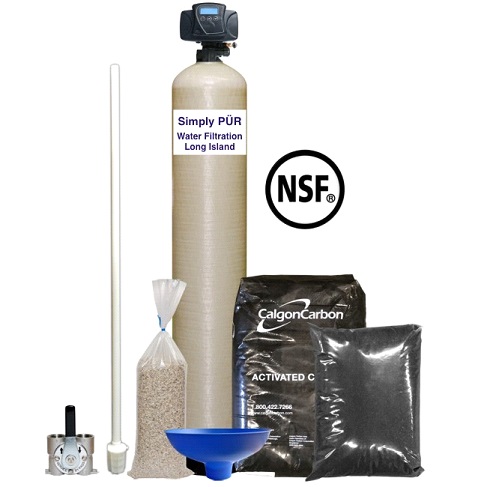
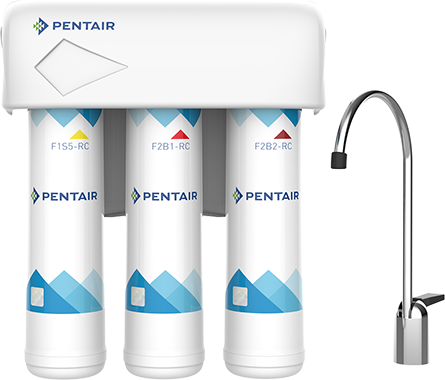
Our products are all NSF / ANSI certified, meeting the highest safety standards and quality performance. Providing our community with only the best experience of high quality water that’s Simply PURE from our family to yours!
Simply PURE utilizes accurate testing methods before and after system installation, as well as annual maintenance of all your water treatment equipment. Our Revolutionary Custom Built Water Treatment systems upon the completion of a Free In-Home Water Analysis, or an in-depth Comprehensive Water Analysis of your choice sent to our Certified Laboratory.

